Cryptocurrencies attract more and more new users. Research shows that there are more than 70 million crypto wallets in the world as of March 2021. And those are only non-custodial wallets. But how do you make crypto appear in your wallet? Often the most secure way to buy crypto is a bank transfer.
Most of us are already used to immediate electronic payments due to advanced technology proposed by payment service providers. Yet, traditional bank transfers look more like grannies at the rave party in this situation. They are much slower since they normally take 3 to 5 business days to proceed. So when you initiate a payment and nothing appears on your exchange account for quite a few days, you are getting nervous because of thinking that something might’ve gone wrong.
Some customers think that the crypto exchange is the reason for the payment to be so slow. Impatience grows when you’ve got a trading strategy that cannot wait so long. The market prices won’t wait either.
To understand the flow of your money once you initiate a bank transfer, and when you should wait and when to ring the alarm — you need to figure out how this whole thing works.
We’ve boiled down all you need to know about bank transfers to this simple Q&A guide. So keep calm and read on.
What are the types of bank transfers?
Generally, there are two types of wire bank transfers:
- Domestic wire transfer
Examples: SEPA in Europe, FasterPayments in the UK, and ACH (or Fedwire) in the US
- International bank transfer
Example: SWIFT payments.
Since our audience is spread all around the world, most of our users make SWIFT transfers.
What is SWIFT?
SWIFT (Society for Worldwide Interbank Financial Telecommunication) is a network that connects financial institutions worldwide.
Here’s what it looks like:
- SWIFT has 3 data centers: in the US, Netherlands, and Switzerland.
- These data centers are connected with the help of the submarine communication cables with all the banks that are part of the SWIFT network.
- This hardware, along with SWIFT proprietary messaging standard, together make bank transfers work.
Interesting: SWIFT sets the industry’s security standards for interbank communication. When you send money through this network, you can be sure that it won’t just disappear. One way to ensure that is to have the approved identity of both parties – sender and receiver.
Important: while SWIFT is capable of communicating the payment information between hundreds of banks worldwide, often these banks don’t send direct messages to each other.
They can only send direct transfers if they have cor-bank accounts with each other.
Otherwise, they will have to send the payments (in the form of encrypted messages) through the chain of intermediary banks inside the SWIFT network. The latter are called correspondent banks.
When the bank transfer clears?
When you send money, you want to know when they land the destination account. And if you don’t see the funds on your exchange, you start thinking of all the possible terror scenarios.
Yet, there is something that can help you manage the expectations: Value Date.
It’s the date when funds arrive in an account after going through the chain of intermediary banks. When you send SWIFT, you’ll see a value date on your receipt. This is the date when the receiving bank gets the funds and they become available for you.
Bank Transfer – how it works?
The wire transfer route is displayed on the infographic below.

So in all, the process is this:
- The sender orders their bank to transfer a certain amount of funds.
- The sender’s bank sends a notification to the Receiver’s bank through the SWIFT network.
- If the banks don’t have a direct relationship, the message goes through the network of banks that do have relationships with each other.
- If the banks have a direct relationship, the message goes directly to the Receiver’s bank. It’s typical for domestic wire transfers, that’s why they settle much faster.
Of course, no one moves paper money all around nowadays. All the payments have become digital. SWIFT has been criticized for the long settlements so they had to renew the data infrastructure into something called SWIFTNet Phase 2.
Why do we need codes and what do they mean?
Long bank account numbers are hard to memorize and easy to mistype. However, banks seem to like this system that originated in 1974. It’s actually pretty interesting and leaves little to no room for fraudulent activities. Take a look at what all these bank codes mean so they start making more sense to you.
What is an IBAN number?
IBAN is an international notation for bank account numbers. It comprises up to 34 alphanumeric characters.
Here’s the structure of the IBAN number:
- Two first letters mean the country where the account is located (e.g. GB for Great Britain).
- Two check digits are used for the IBAN number validation with the help of the math function called mod97.
- Bank code – the bank identifier code. These digits will be the same for, let’s say all the Bank of America accounts in any location.
- Sort (or Branch) code – the code identifying the bank’s branch and location.
Account number – unique code for each individual bank account.

What is a SWIFT code?
SWIFT code is a number for identifying the banks and financial institutions in an international SWIFT network.
It’s sort of an ID number for a bank.

The SWIFT code structure:
- AAAA – Bank Code – financial institution identifier
- BB – ISO country code
- CC – Location code – (e.g. 6L for Antwerpen)
- DDD – Branch code – optional, denotes the particular bank address
Not all account statements will have a SWIFT code because it’s more of an internal thing that banks use to communicate with each other.
Why are bank transfers taking so long?
There might be a few reasons why your transaction gets delayed or rejected. Let’s look at some of the most common.
&
Routing between few intermediaries
If the country of a sender is far from the country of the receiver, most likely, the transaction will go through correspondent banks. Same applies if these two accounts operate with different currencies. That’s why the transfer takes so long.
Mistyping the credentials
Not all of us have a perfect vision and attention level at all times. Sometimes customers mistype the bank account number of the receiver. Or they may confuse the SWIFT number with the ABA routing number. Accidentally, a person may also mistype the beneficiary credentials (name, address, etc.) So, what happens then?
The transaction still goes into the SWIFT network. But since it can’t match your information with the existing receiver, your transfer may end up traveling the network around and around.
&
KYC and AML checks
The SWIFT policy requires that banks perform AML (Anti-Money Laundering), KYC (Know Your Customer), or EDD (Enhanced Due Diligence) checks on suspicious transactions. Basically, they check the identity documents and the history of money movements. If something looks unusual to them, they double-check if this transfer was initiated by you or someone who stole your credentials.
For example, most of your bank operations have been the payments inside your country: bills, groceries, relatives, friends. Suddenly, you’re buying cryptocurrency in another country. Now, the bank needs to make sure that your account wasn’t hacked or anything like that. All these operations take time which makes transactions longer.
You can avoid that situation by letting the bank know your intention to buy crypto.
When is it time to ring the alarm?
It’s important to understand that sometimes you send a bank transfer and funds don’t appear in your account for a few days and that’s OK.
But, if nothing happens in 10 days or more it might mean that your bank transfer is stuck.
What to do? Contact your bank and request a wire recall. In this case, all the intermediary banks in the chain will check for your lost transaction. However, some banks automatically send funds back to you in 2-3 weeks if funds don’t reach the destination. You need to ask your bank representative if they do that.
It’s important to understand that sometimes you send a bank transfer and funds don’t appear in your account for a few days and that’s OK.
But, if nothing happens in 10 days or more it might mean that your bank transfer is stuck.
What to do? Contact your bank and request a wire recall. In this case, all the intermediary banks in the chain will check for your lost transaction. However, some banks automatically send funds back to you in 2-3 weeks if funds don’t reach the destination. You need to ask your bank representative if they do that.
How to find a crypto-friendly bank?
Like it or not, some banks are still more conservative than others. That’s why, with one bank you may encounter a lot of resistance as for crypto payments, while others will be more willing to accept them.
Respect your local regulations
First of all, make sure crypto is allowed in your country. Then, check what specific regulations your local banks might have for crypto transactions. If you do something that’s against their policies, it’s no surprise that your transfer will be rejected.
Use the same bank account(s) for crypto
If you regularly buy crypto with the same bank account, it doesn’t look suspicious. Hence, payments will be processed faster.
Choose a bank that has a crypto-friendly reputation
Crypto-friendly banks are the best option to choose for depositing and withdrawing cryptocurrencies.
For example, some banks already work on RippleNet – Santander, Banco Rendimiento, Cambridge Global Payments, Canadian Imperial Bank of Commerce (CIBC), and more. Since these banks work on a platform that has their own cryptocurrency, crypto transactions won’t look like the ultimate evil to them.
Use the same bank as your crypto exchange
You can also check where your crypto exchange is banking and open an account in the same bank or with the same payment service provider. This saves you time on KYC checks because your bank/PSP already knows you and the exchange where you want to buy crypto. As a result, transfers will be internal which makes them settle in the shortest timeframe.
&
Knowing the essential details on how bank transfers work will spare you a good deal of worry, help choose a crypto-friendly bank and take advantage of this financial instrument system.
If you’ve got a question that we didn’t answer in this guide, feel free to reach out on our Telegram group: https://t.me/CEX_IO.

You can get bonuses upto $100 FREE BONUS when you:
💰 Install these recommended apps:
💲 SocialGood - 100% Crypto Back on Everyday Shopping
💲 xPortal - The DeFi For The Next Billion
💲 CryptoTab Browser - Lightweight, fast, and ready to mine!
💰 Register on these recommended exchanges:
🟡 Binance🟡 Bitfinex🟡 Bitmart🟡 Bittrex🟡 Bitget
🟡 CoinEx🟡 Crypto.com🟡 Gate.io🟡 Huobi🟡 Kucoin.
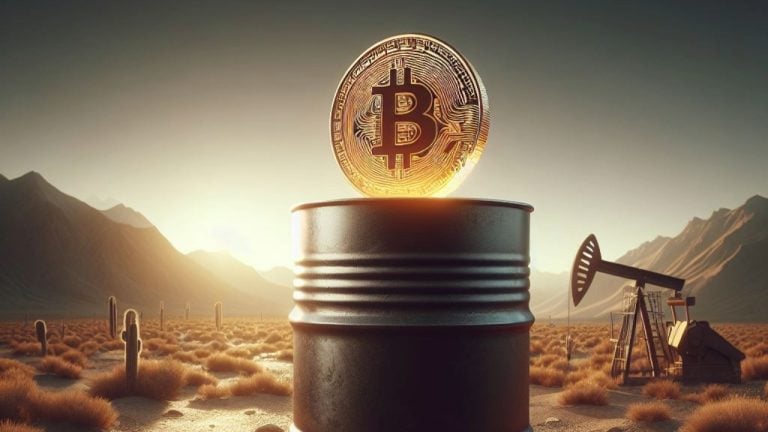
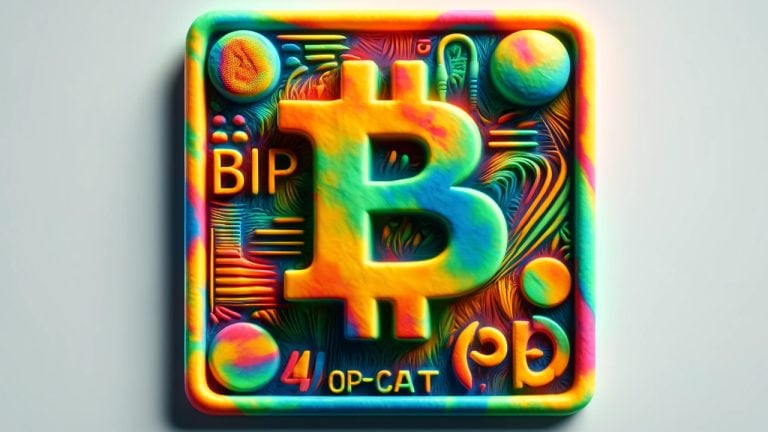

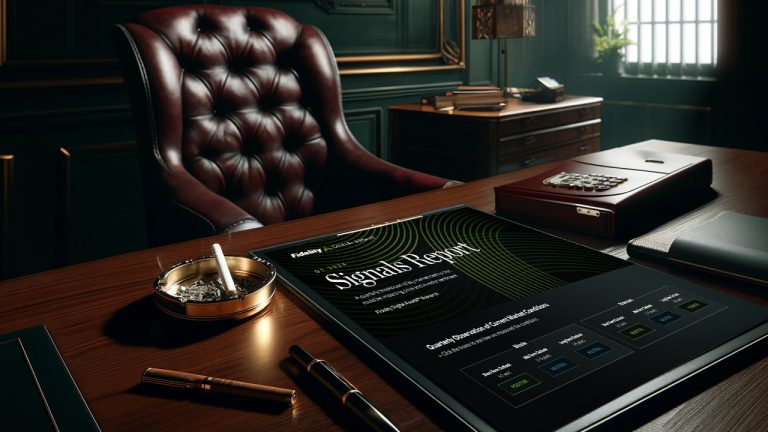
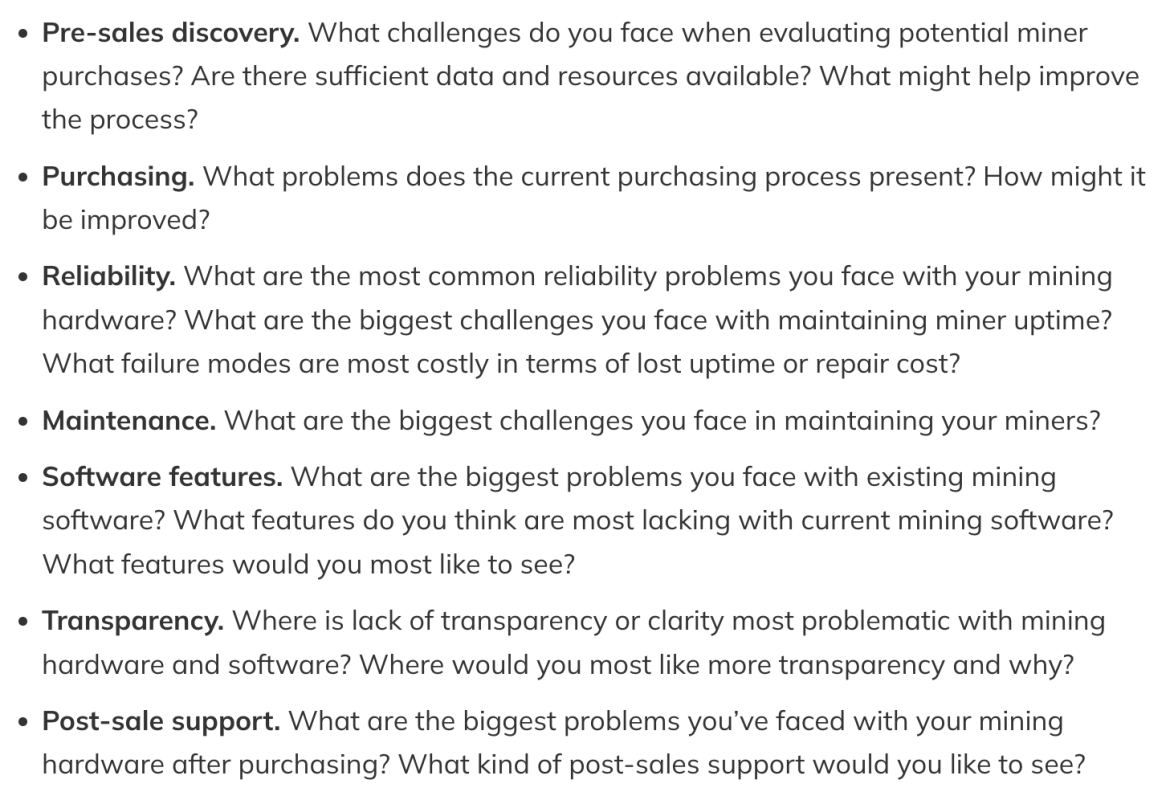

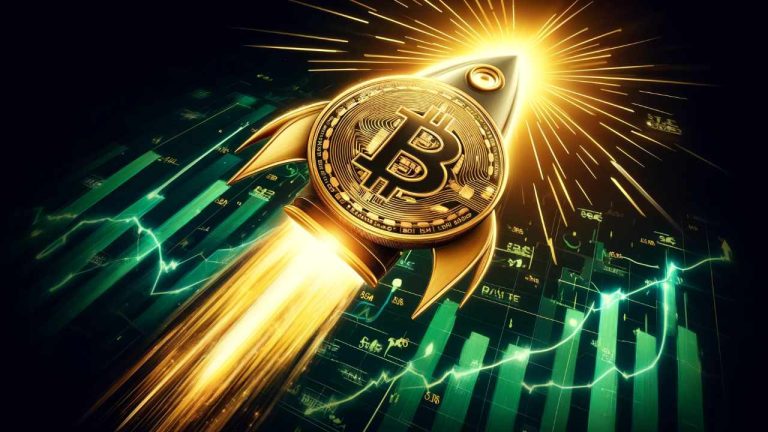




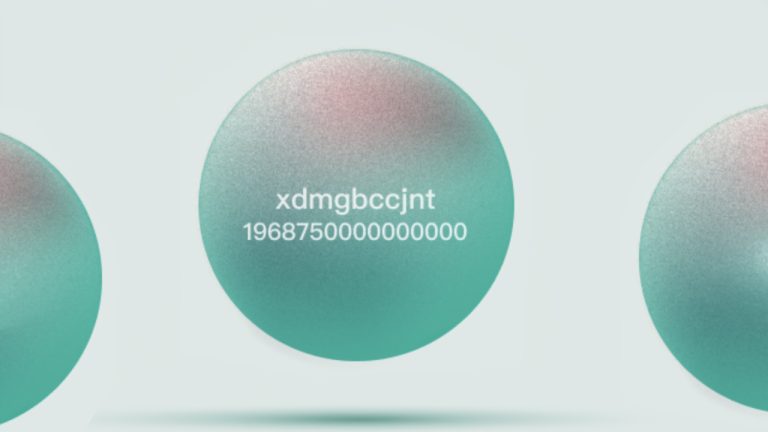

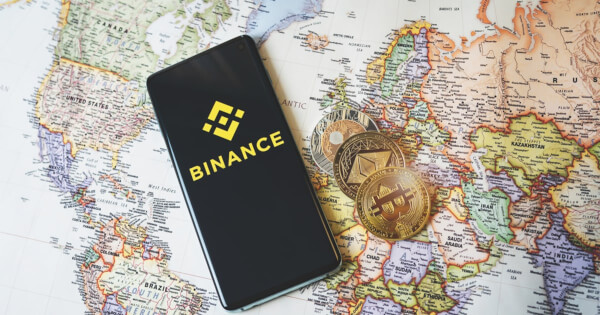

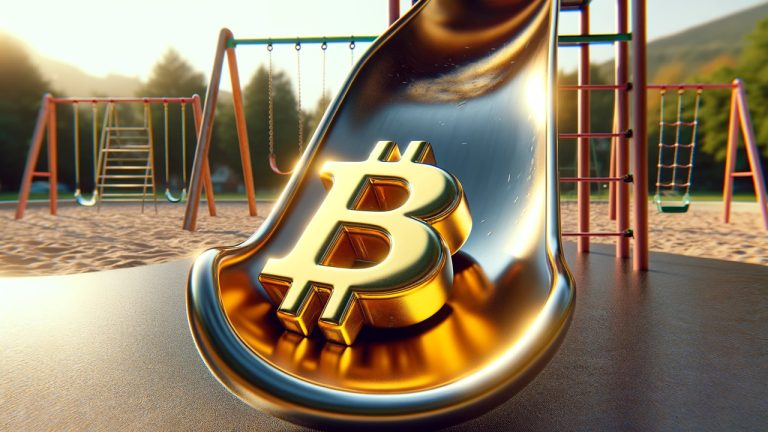
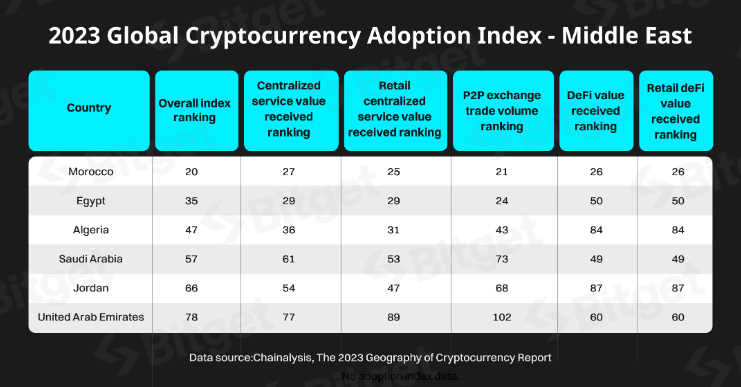


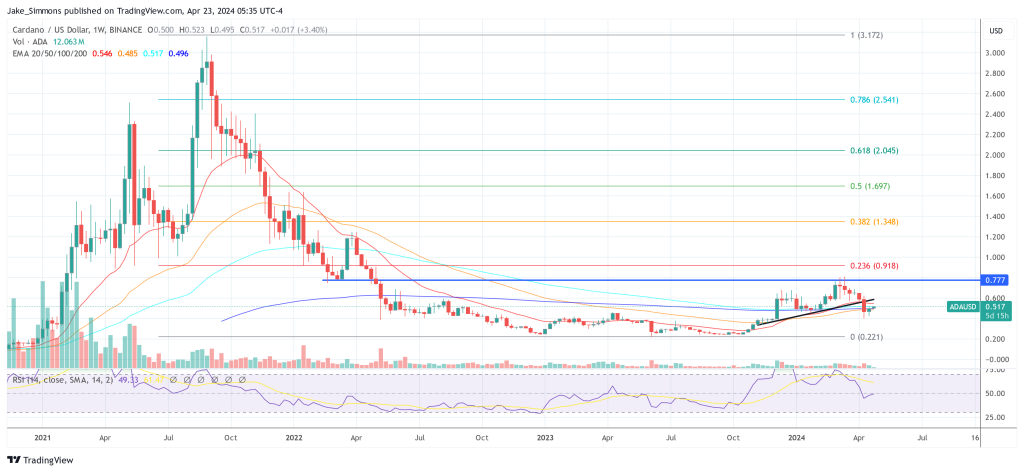
Comments